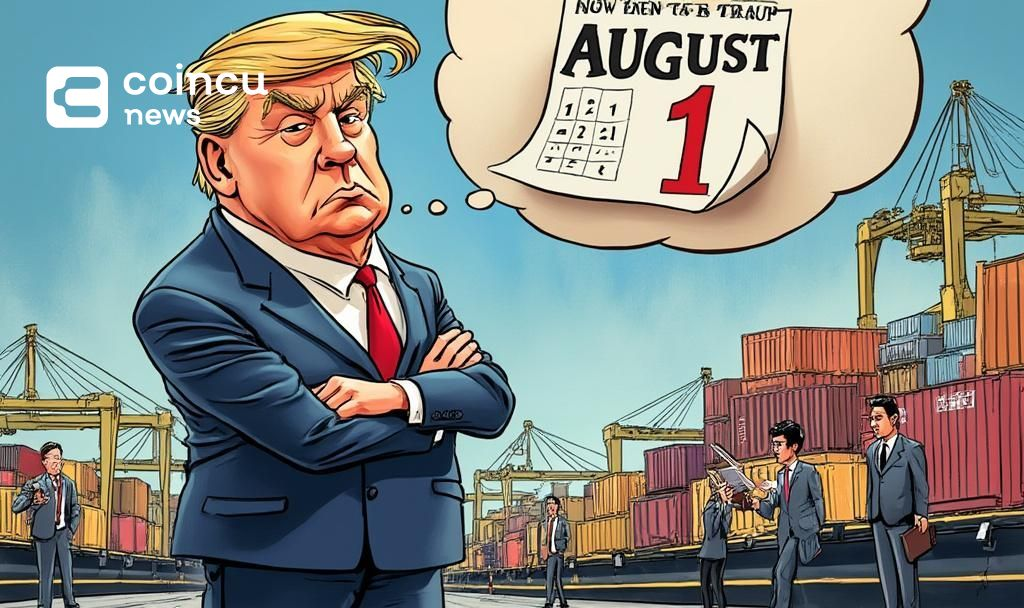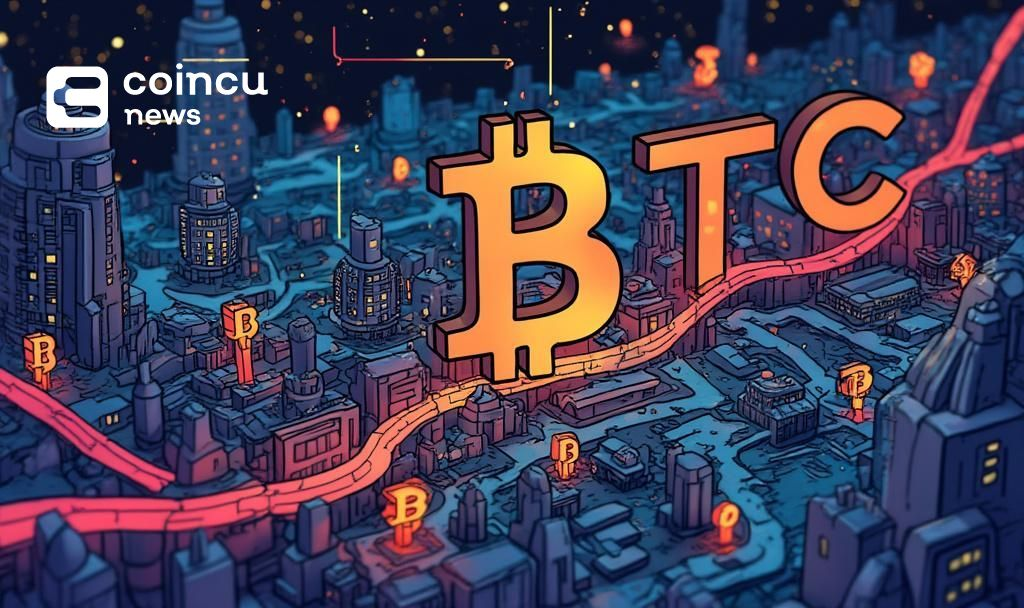$107988.252
At CoinCu News, we give both basic and in-depth articles on the latest news in the cryptocurrency and blockchain sectors.
Author
News
Big Players Accumulate 240K ETH as Ethereum Treasuries Grow
Ethereum treasuries now hold over 240,000 ETH, with top firms accelerating accumulation amid record inflows
Jul
Bitcoin Steady as Trump Extends Tariff Deadline to August 1
President Trump's decision to extend the tariff deadline to August 1 has no immediate impact
Jul
Trump Threatens 25% Tariffs on Japan, South Korea
President Trump plans to impose 25% tariffs on Japan and South Korea starting August 1,
Jul
Murano Kicks Off $500M Bitcoin Push as Corporate BTC Holdings Surge
Murano launches $500M Bitcoin treasury plan after joining BTC Inc, while Bitcoin leads asset performance
Jul
Senate Committee Advances Digital Asset Regulation Framework
Senate Banking Committee set for hearing on digital asset regulations amid rising industry demand.
Jul
EU Seeks Resolution in U.S. Trade Talks Amid Tariff Threats
EU leaders engage in critical talks with the U.S., facing potential tariffs on major sectors.
Jul
Threshold Network Launches tBTC on Sui Blockchain to Boost Liquidity
tBTC's launch on Sui blockchain by Threshold Network aims to bring over $500 million in
Jul
Binance’s Zhao Warns Against Quick Riches with Cryptocurrency
Zhao Changpeng advises caution in cryptocurrency investments; no immediate market effects observed.
Jul
Trump Meme Coin Jumps to $8.63 After Tron Launch News
TRUMP meme coin rises to $8.63 after Tron launch news, while BONK overtakes it in
Jul
[tptn_list how_old="7" limit="5" title_length="0" heading="0" show_date="0" ]
[tptn_list how_old="30" limit="5" title_length="0" heading="0" show_date="0" ]





















